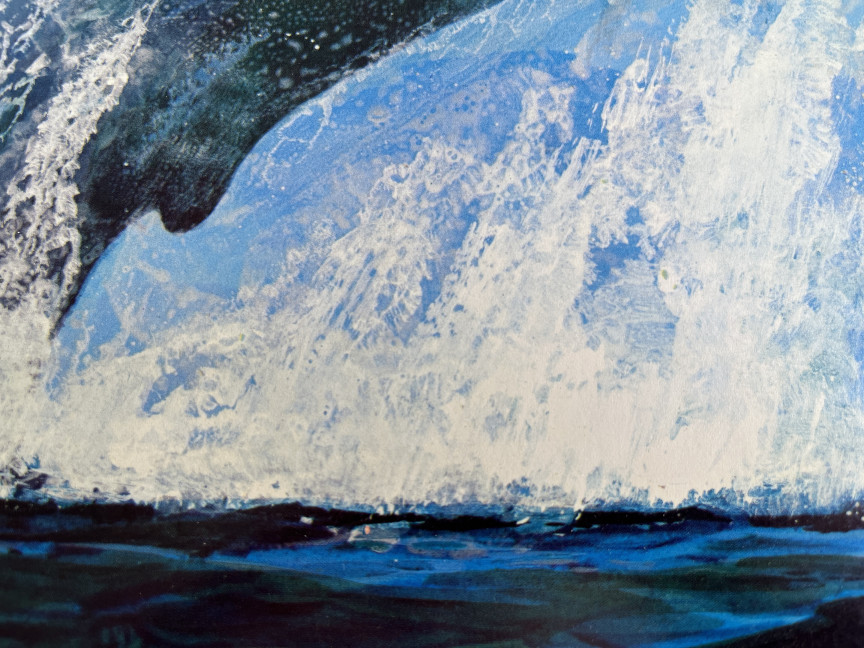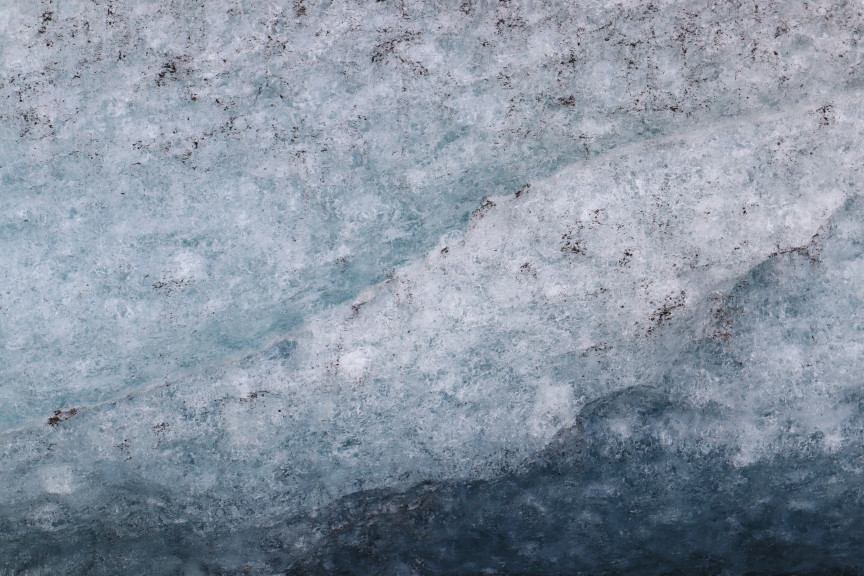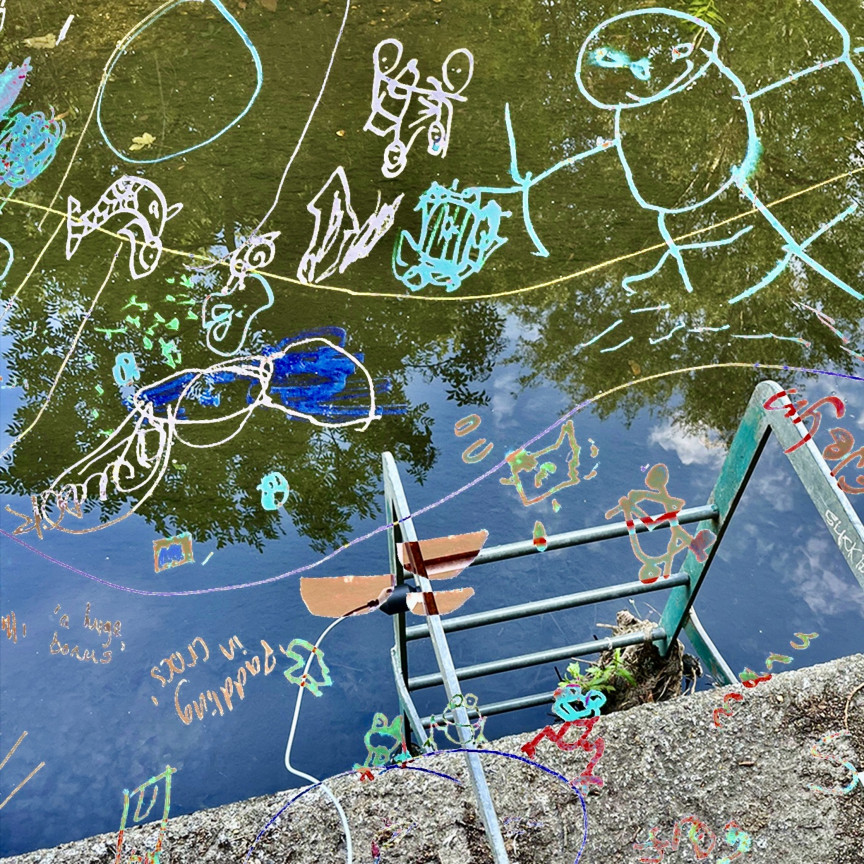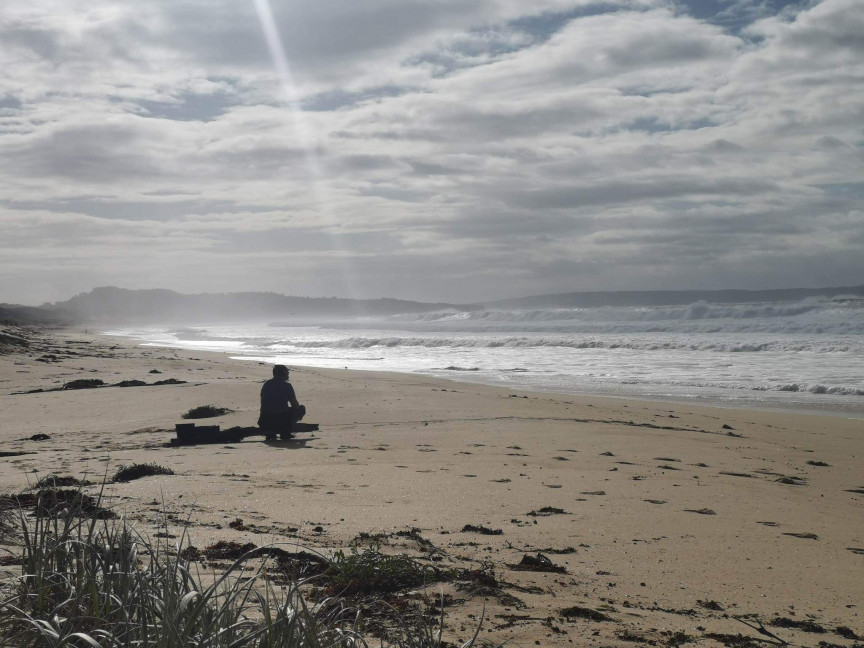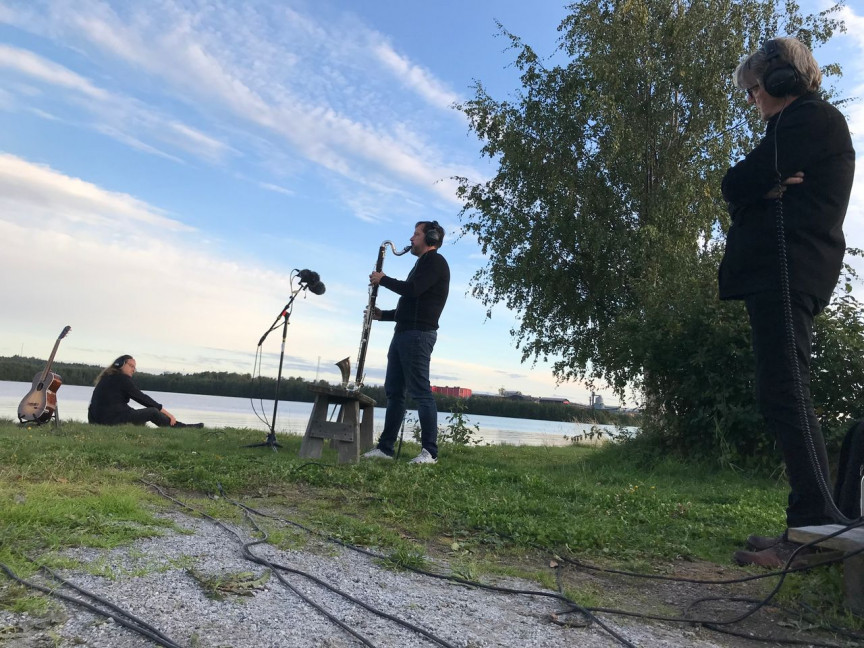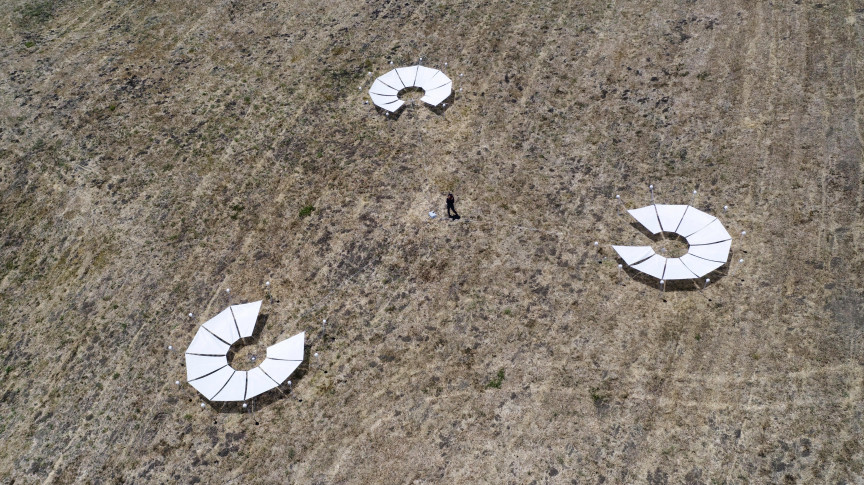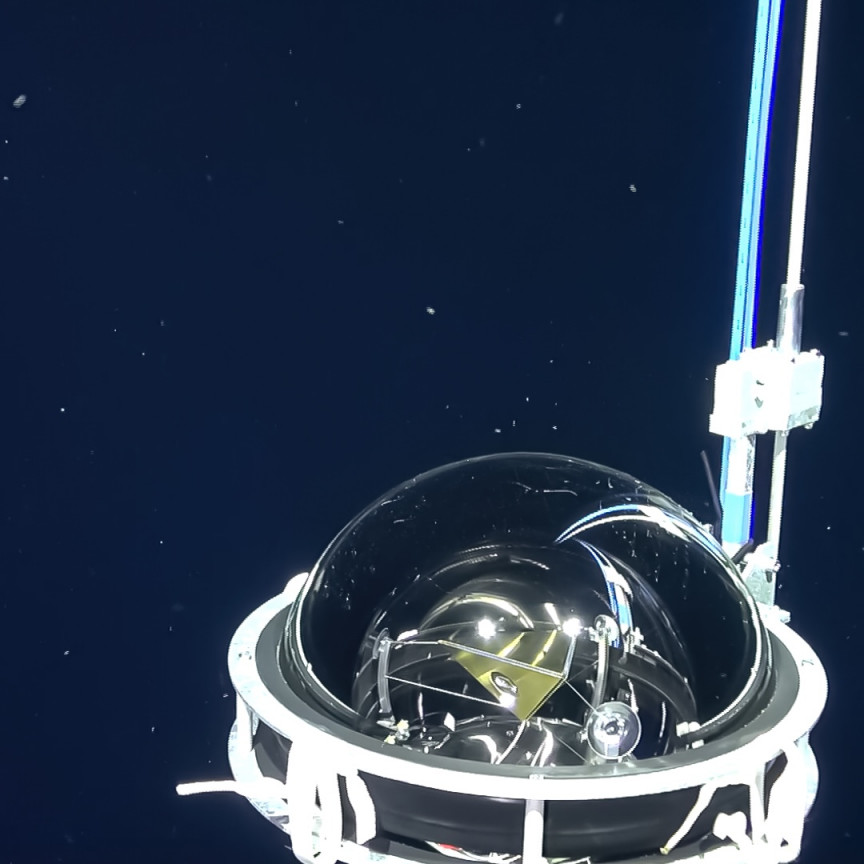Abstract
Even though you can’t hear it, infrasound fills the air. And because the atmosphere doesn’t absorb it as readily as regular sound, infrasound comes from hundreds, if not thousands, of miles away. If humans could perceive frequencies lower than 20 Hz, then changing ocean currents, wildfires, turbines, receding glaciers, industrial HVACs, superstorms, and other geophysical and anthropogenic entanglements taking place across the globe would shape our imagination of the planet’s very nature.
In my research, I’ve developed infrasonic »macrophones« to make infrasound audible. Comprising wind-noise reduction arrays leading to microbarometers and using custom signal processing, I’ve appropriated the basic technique from what the Comprehensive Nuclear Test Ban Treaty Organization uses to detect distant warhead tests. In this case, however, we’re listening to a planet in transition. Unlike with a scientific endeavor, it’s not a matter of extending the horizon of human knowledge. Instead, it’s about encountering agencies greater than our own that connect us through the atmosphere, an experience that is both poetic and political.
This paper features ambient atmospheric infrasound recorded with Macrophones installed in the woods near Amherst, Massachusetts. I sped up the recording by a factor of 60, raising the pitch by ~6 octaves into a range perceptible by humans. I played this audio to residents of Amherst in a controlled listening environment; excerpts of their reactions are also included.
With support from Creative Capital, Amherst College, and the J & K Altman Foundation. Thanks to Ethan Clotfelter, Ben Holtzman, Leif Karlstrom, Theun Karelse, Lucia Monge, the art department at Lewis & Clark, and the Columbia Center for Spatial Research.
